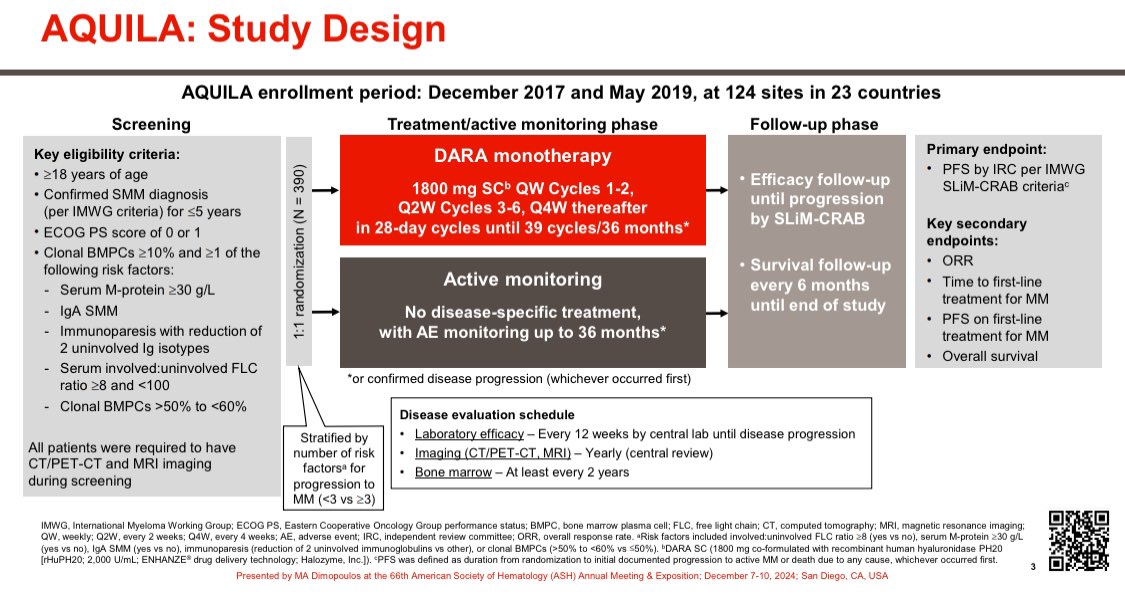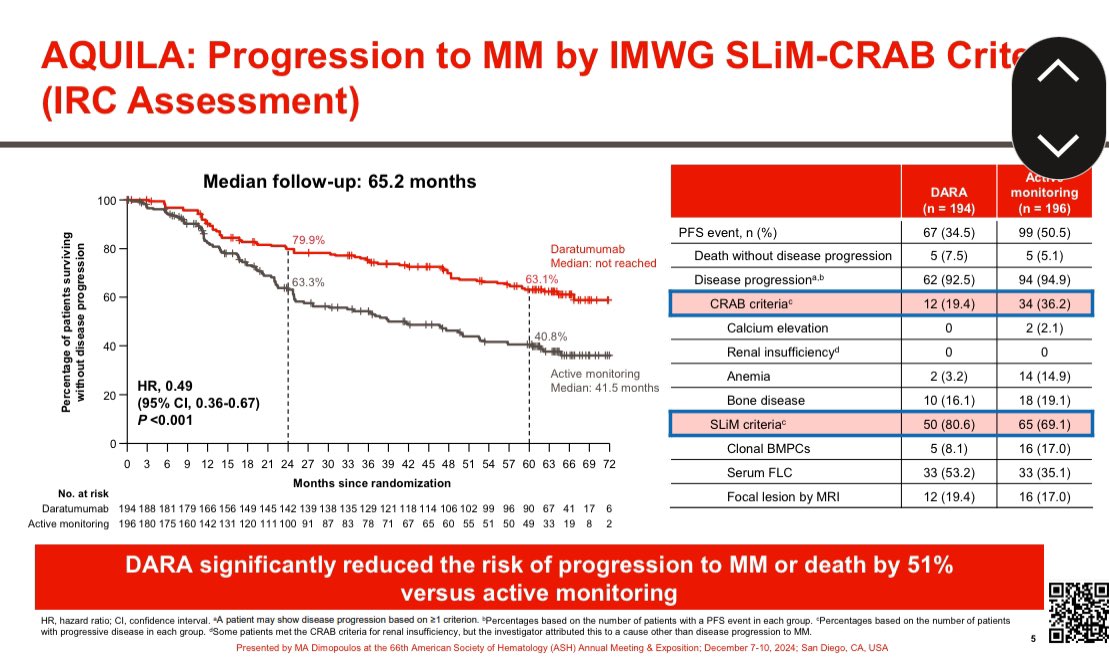Amazing exchange between @RandPaul and Dr. Fauci.
1) As one of the first people to raise the possibility that not everyone may be susceptible to COVID, and that cross reactive immunity may be protecting some people from severe infection, I agree with those points by @RandPaul
1) As one of the first people to raise the possibility that not everyone may be susceptible to COVID, and that cross reactive immunity may be protecting some people from severe infection, I agree with those points by @RandPaul
https://twitter.com/cspan/status/1308799208208691202
2) I’ve also been on record that seroprevalence underestimates the proportion of people who are immune & that we may be closer to herd immunity in prior hotspots than the 5-10% seroprevalence indicates. But that number (~2 times seroprevalence) is still far short of herd immunity
3) Having said here are 3 comments I disagree with.
-The comparison of NY to Sweden is not correct.
-The statement that flattening the curve does not reduce number of deaths is not correct
-We are doing as well as S. America & so mitigation strategies don’t help is not correct
-The comparison of NY to Sweden is not correct.
-The statement that flattening the curve does not reduce number of deaths is not correct
-We are doing as well as S. America & so mitigation strategies don’t help is not correct
Sweden as Dr. Fauci pointed out did not do anywhere as well as Denmark, Finland, or Norway—its neighbors. Those are the comparators. Sweden also had warning that NY didn’t have. So we cannot compare. Both Sweden and the US have done equally badly in terms of deaths per million.
Flattening the curve will spread CASES over time and so the area under the curve for cases may be similar whether you flattened or now. But not DEATHS. In fact, the whole idea of flattening the curve is to reduce high number of deaths that occurs when the system is overwhelmed
In fact NY, NJ and the east coast were hit BEFORE the flattening happened. The high death tolls there reflect what happens when the curve is NOT flattened. There is a lag between issuing mitigation orders and flattening to occur. Same thing happened in Lombardy.
We made a lot of mistakes. I have catalogued things we could have done better in hindsight. An earlier recommendation for universal masks would have helped. And a uniform bipartisan recommendation on that. We have fared really badly compared to most developed countries.
The reason why S. Korea, Vietnam, Japan, Taiwan, and China have done so well is far less likely to be related to cross reactive immunity but rather related to strict border control for entry into country, testing, tracing, masks. They followed the science. We didn’t.
I agree that it’s possible that S. America, Africa, India, Pakistan have lower mortality because of cross reactive immunity from prior corona viral infections. But we likely have much less cross immunity. So if we had less social distancing like them, we would have 400,000 deaths
Some links. On susceptibility and cross reactive immunity.
https://twitter.com/vincentrk/status/1278017849781563394
On seroprevalence being an underestimate. @JoshuaPCohen1 google.com/amp/s/www.forb…
What could we have done better to reduce mortality. 10 factors in this list.
https://twitter.com/vincentrk/status/1299436914106392576
How well could we have done?
https://twitter.com/vincentrk/status/1292165002095460352
*now = not
• • •
Missing some Tweet in this thread? You can try to
force a refresh



















